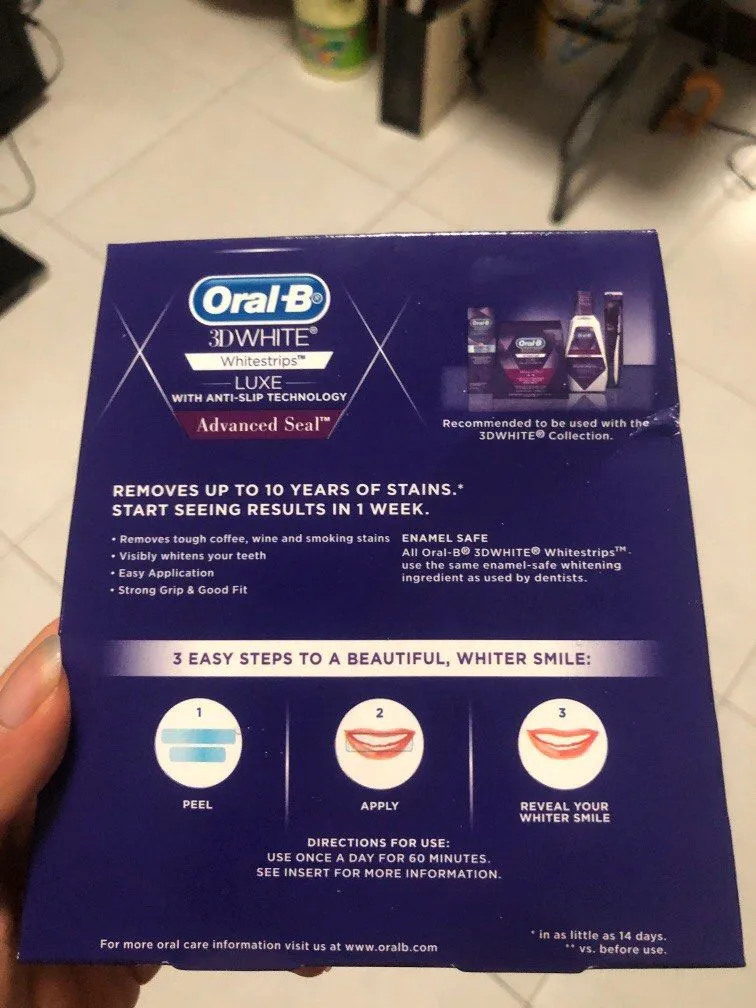Understanding Oral-B Whitening Strips
Oral-B Whitening Strips have become a popular choice for those seeking a brighter smile. These thin, flexible strips are coated with a whitening agent and designed to adhere to the surface of your teeth. They offer a convenient, over-the-counter alternative to professional teeth whitening treatments. But how do these strips work, and are they truly effective? This article delves into the science, benefits, and potential drawbacks of Oral-B Whitening Strips, helping you determine if they are the right choice for your dental hygiene needs. From understanding their active ingredients to comparing them with professional treatments, we’ll explore everything you need to know about these popular whitening solutions.
How Oral-B Whitening Strips Work
The primary mechanism of action for Oral-B Whitening Strips involves the use of a bleaching agent, typically hydrogen peroxide or carbamide peroxide. When the strip is applied to the teeth, this agent penetrates the enamel and dentin, breaking down the stain molecules that cause discoloration. The peroxide molecules react with these stains, oxidizing them and effectively lightening the teeth. The duration of the treatment and the concentration of the peroxide determine the extent of the whitening effect. The strips are designed to be applied directly to the teeth for a specific amount of time, allowing the whitening agent to work its magic.
The Active Ingredients
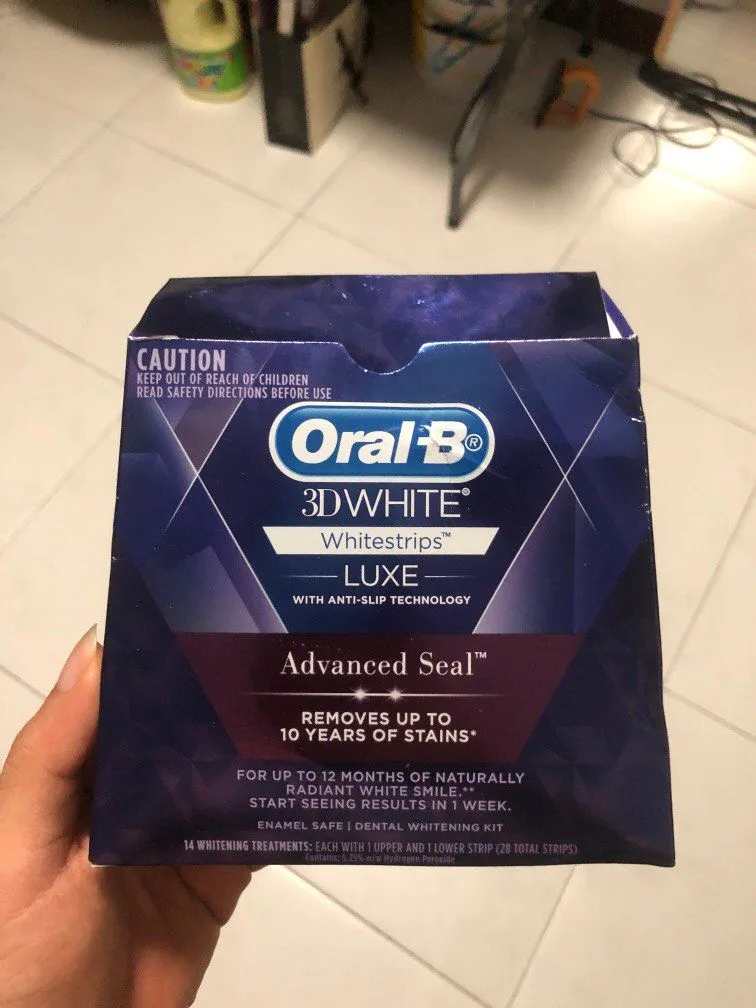
The key active ingredient in most Oral-B Whitening Strips is hydrogen peroxide. The concentration of hydrogen peroxide can vary between different products, with higher concentrations often leading to faster results but also potentially increasing the risk of sensitivity. Some strips may use carbamide peroxide, which breaks down into hydrogen peroxide over time. Other ingredients often include stabilizers, binders, and flavoring agents to ensure the strip adheres to the teeth and provides a pleasant user experience. It is essential to review the ingredient list to ensure you are not allergic to any of the components.
Effectiveness of Oral-B Strips
The effectiveness of Oral-B Whitening Strips varies depending on several factors, including the severity of the stains, the type of stains, and the individual’s adherence to the instructions. Generally, these strips are most effective for extrinsic stains, which are those on the surface of the teeth caused by food, drinks (like coffee, tea, and wine), and smoking. They may be less effective for intrinsic stains, which are deeper stains within the tooth structure. Many users report noticeable whitening within a few days or weeks of consistent use, but results can differ from person to person.
Factors Influencing Results
Several factors can influence the results you achieve with Oral-B Whitening Strips. The original color of your teeth plays a significant role; the whiter your teeth start, the less dramatic the change might be. The type and severity of stains matter as well, as surface stains respond best to the treatment. Consistency is crucial; following the instructions and using the strips regularly for the recommended duration is essential for optimal results. Dietary habits, such as avoiding staining foods and drinks during the treatment period, can also enhance the whitening effects. Finally, oral hygiene practices, including regular brushing and flossing, can contribute to maintaining the whiteness achieved.
Clinical Studies and Evidence
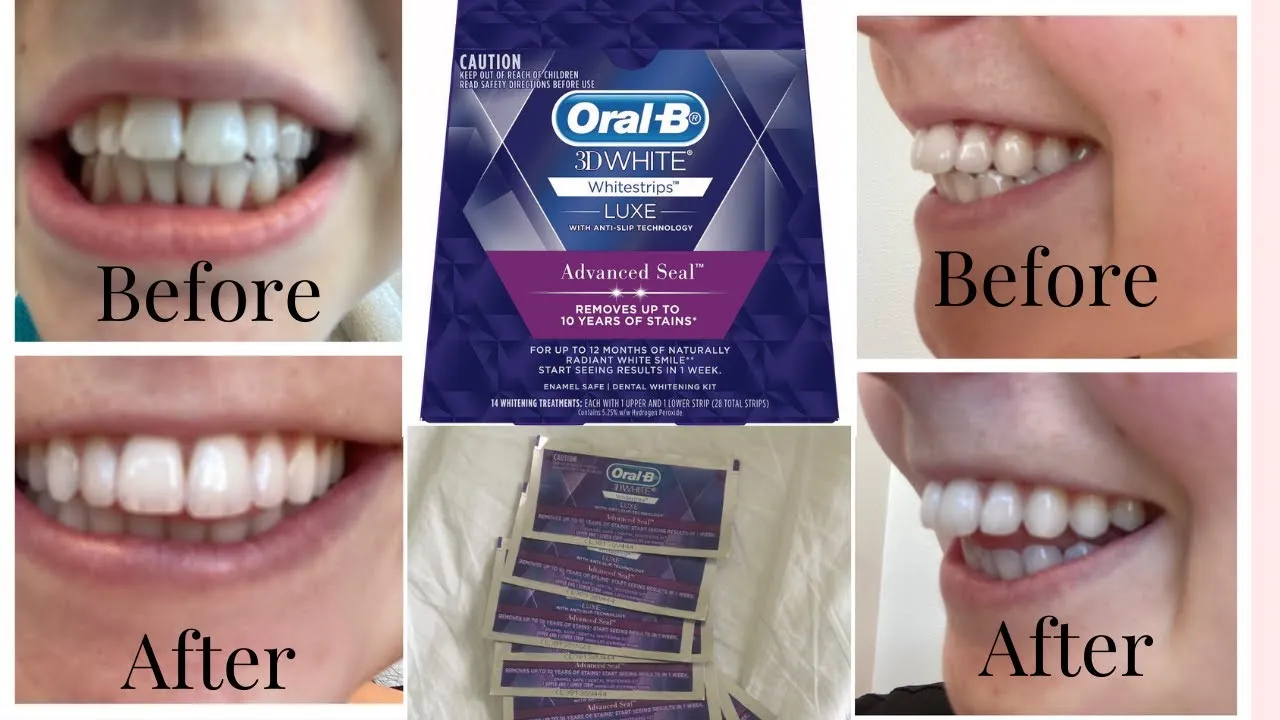
Numerous clinical studies have evaluated the effectiveness of hydrogen peroxide-based whitening strips. These studies often show that these strips can provide a statistically significant improvement in tooth shade compared to a placebo. However, it’s important to note that the extent of whitening can vary. Research indicates that over-the-counter whitening strips are generally safe when used as directed, but some people may experience temporary tooth sensitivity or gum irritation. It’s always advisable to consult with a dentist to assess your suitability for whitening treatments and discuss any potential risks.
Oral-B Whitening Strips vs. Professional Whitening
Comparing Oral-B Whitening Strips to professional teeth whitening treatments is essential for making an informed decision. Professional treatments, often performed by a dentist, typically involve higher concentrations of bleaching agents and may include the use of specialized equipment like a UV light to accelerate the whitening process. These treatments can often produce more dramatic and faster results. Professional whitening is also performed under the supervision of a dental professional, which can minimize the risk of complications and ensure the treatment is appropriate for your specific needs.
Cost Comparison
Oral-B Whitening Strips are considerably more affordable than professional whitening treatments. The cost of a box of strips is relatively low, making it an accessible option for many. In contrast, professional whitening can be significantly more expensive, depending on the type of treatment and the dentist’s fees. However, it’s important to consider the long-term cost and the potential need for multiple boxes of strips to achieve and maintain the desired results. Furthermore, the cost savings of using strips should be weighed against the potential for more predictable and lasting results from professional treatments.
Convenience and Accessibility
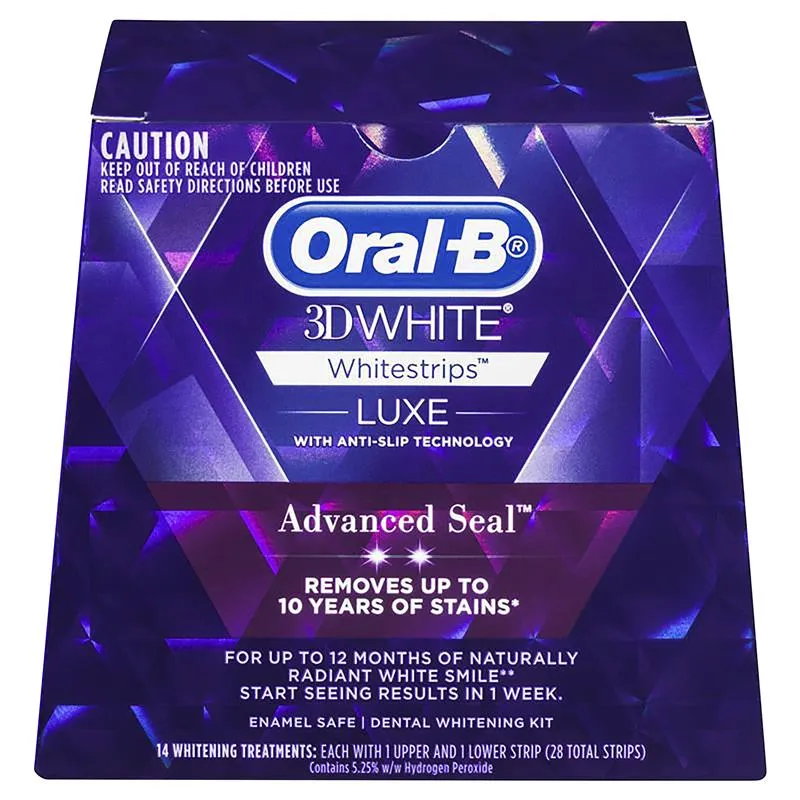
Oral-B Whitening Strips offer unparalleled convenience and accessibility. They can be purchased over-the-counter at most pharmacies and online retailers, eliminating the need for a dentist appointment. The ease of use is another significant advantage; the strips are designed for at-home application, allowing you to incorporate teeth whitening into your daily routine without disrupting your schedule. Professional whitening, on the other hand, requires appointments with a dentist, which may be time-consuming. While professional treatments provide a more controlled environment, the convenience of the strips makes them a popular choice for many.
Potential Side Effects and Risks
While Oral-B Whitening Strips are generally safe, some potential side effects and risks should be considered. The most common side effect is temporary tooth sensitivity, which can occur because the bleaching agent can pass through the enamel and irritate the nerves in the teeth. Gum irritation is another possible side effect, particularly if the strips come into contact with the gums for extended periods. In rare cases, excessive use of whitening strips can lead to more severe complications. It is essential to follow the instructions carefully and consult a dentist if you experience any adverse effects.
Sensitivity and Discomfort
Tooth sensitivity is a frequently reported side effect. This can manifest as a sharp, shooting pain or discomfort when consuming hot, cold, sweet, or acidic foods and drinks. The sensitivity typically subsides within a few days after stopping the use of the strips. Gum irritation is another concern; the whitening agent can cause inflammation and redness in the gums if it comes into prolonged contact. Individuals with pre-existing dental issues, such as cavities or gum disease, are more prone to experiencing these side effects. If sensitivity or irritation persists, it’s crucial to consult with a dentist for advice and possibly alternative whitening options.
Recommendations and Usage
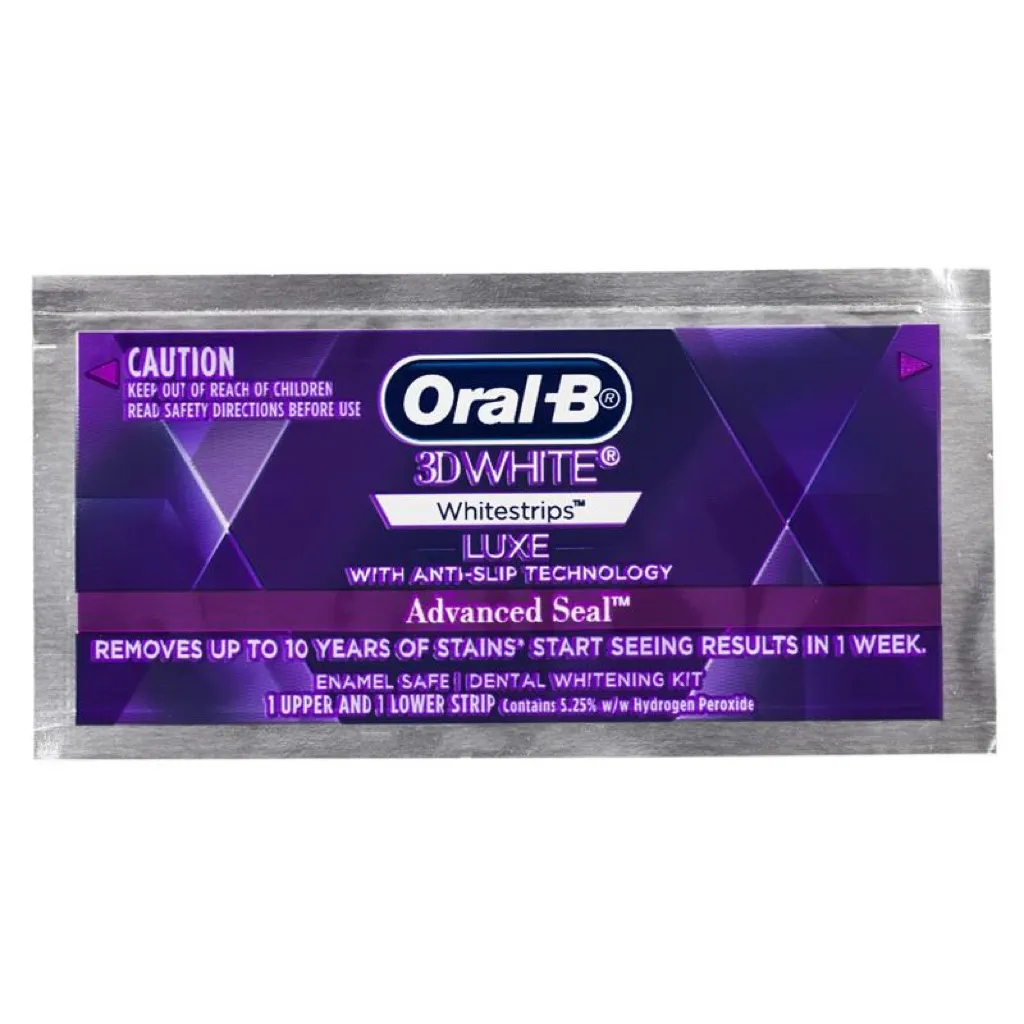
For optimal results and to minimize potential side effects, it is crucial to use Oral-B Whitening Strips as directed. Always read and follow the instructions provided on the product packaging. It is also advisable to consult with your dentist before starting any teeth-whitening treatment. Your dentist can assess your oral health, identify any potential issues, and recommend the most appropriate course of action. They can also offer guidance on how to use the strips safely and effectively. This proactive approach can significantly improve the results and overall experience.
How to Apply Oral-B Strips
Applying Oral-B Whitening Strips correctly is key to achieving the best results. First, brush your teeth gently and floss to remove any plaque or debris. Then, peel the strip from its backing and apply the gel side to your teeth, aligning it with your gum line. Gently press the strip to ensure it adheres properly. Fold any excess strip behind the teeth. The duration for which you leave the strips on your teeth varies depending on the product; follow the instructions on the packaging. Once the time is up, remove the strips and discard them. Rinse your mouth to remove any remaining gel.
Tips for Optimal Results
To maximize the effectiveness of Oral-B Whitening Strips, consider these tips. Avoid consuming staining foods and drinks, such as coffee, tea, red wine, and berries, during the treatment period. Maintain good oral hygiene by brushing and flossing regularly. Use a toothpaste designed for whitening. Be patient; it may take several applications to see the desired results. If you experience sensitivity, use a toothpaste formulated for sensitive teeth, or reduce the frequency of your treatments. Store the strips in a cool, dry place. Regularly visit your dentist for check-ups to monitor your oral health.
Alternative Whitening Methods
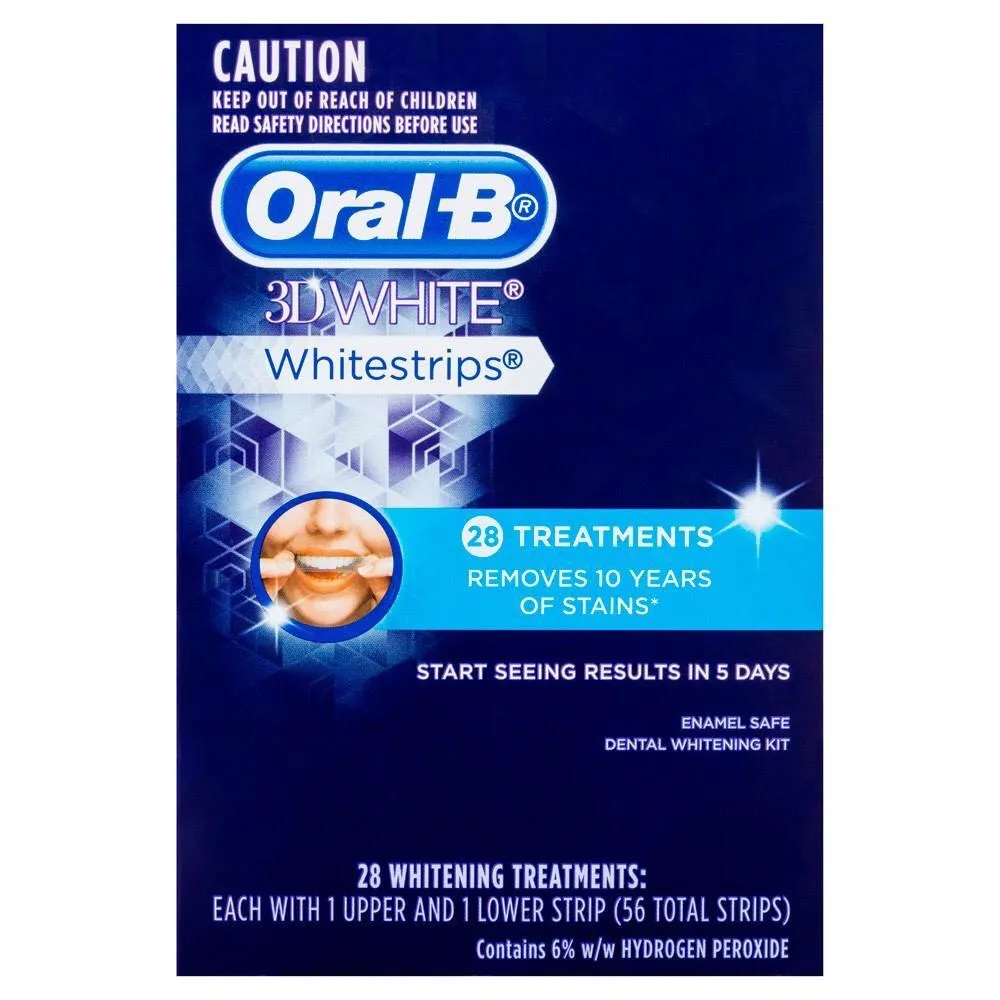
If Oral-B Whitening Strips are not suitable for you, several alternative whitening methods are available. Whitening toothpastes, which contain mild abrasives and chemicals, can help remove surface stains. Whitening mouthwashes can also contribute to a brighter smile by removing stains. Professional whitening treatments, such as in-office bleaching or custom-fitted trays with a whitening gel, offer more significant results. Dental veneers or bonding can be used to cover and correct severe discoloration. The best approach depends on your specific needs and preferences. Always consult with a dentist to determine the most appropriate option for your situation.
